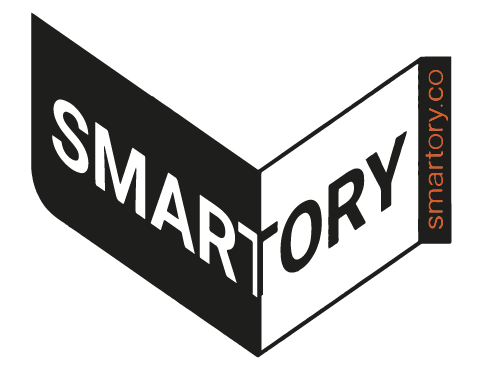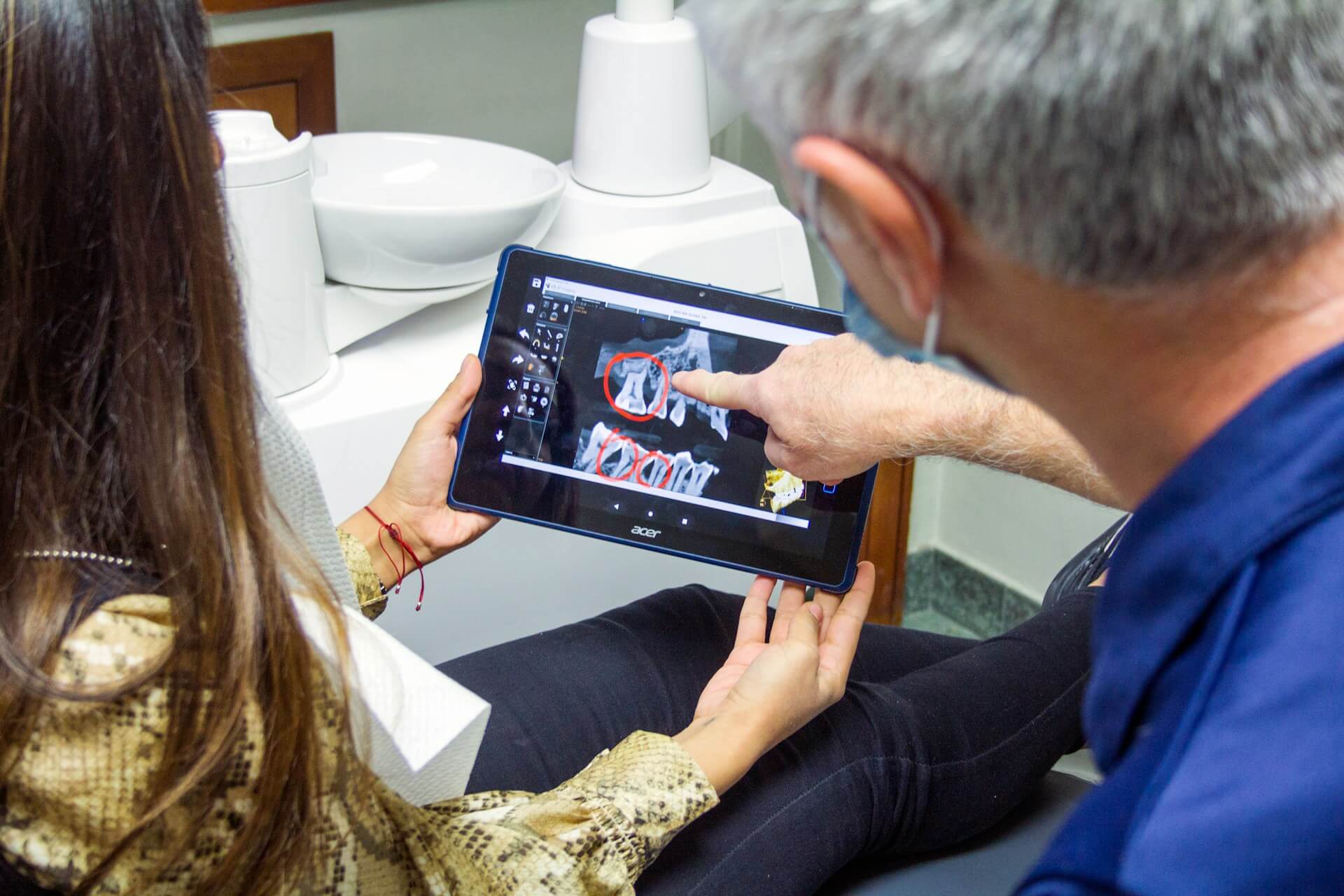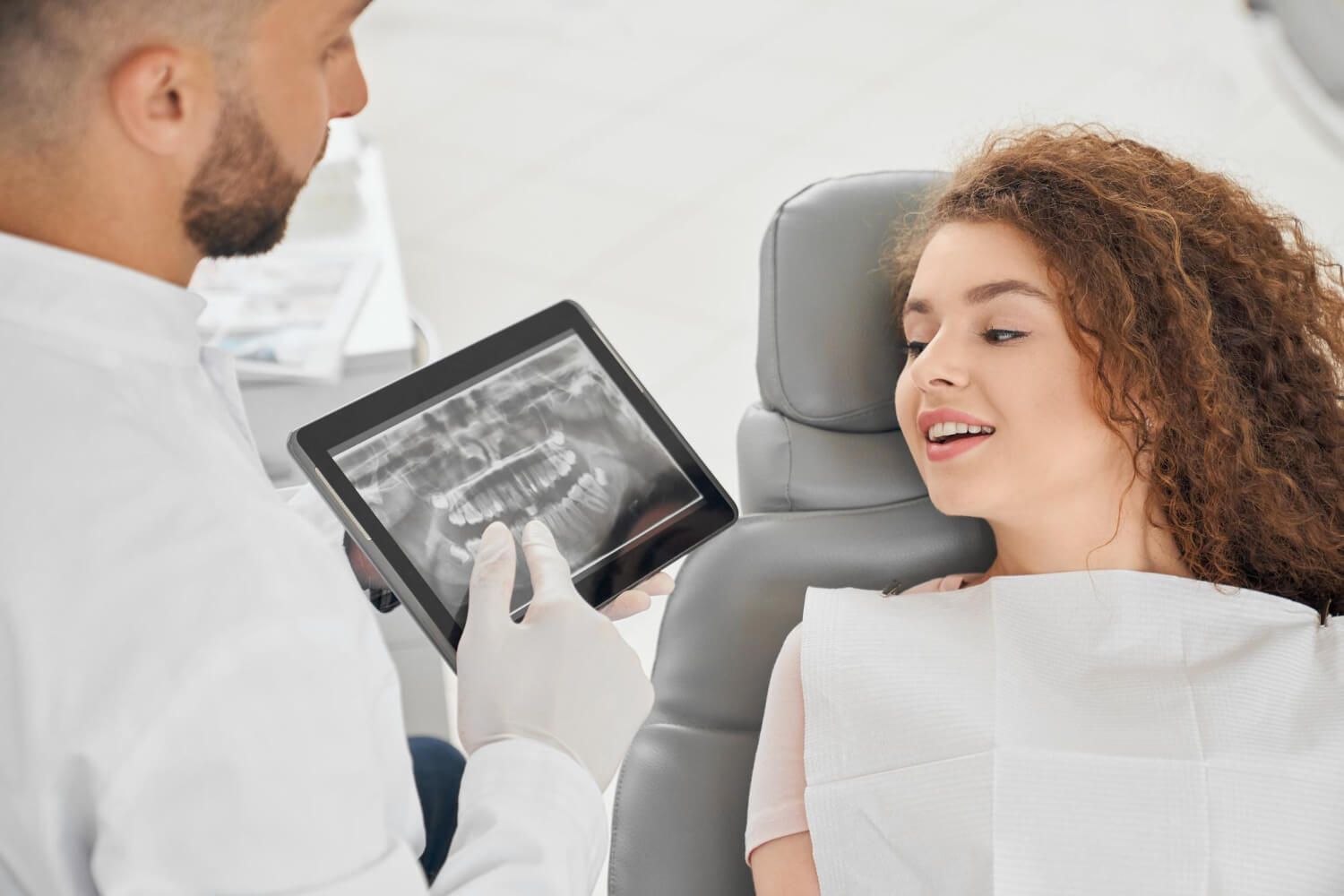Who We Are
The AI and VR in Medical Robotics lab at Smartory is a multi-disciplinary group developing and translating technologies to enhance surgical education, advance surgical care, improve patient outcomes and experience, analyze surgeries, and diagnose in medical images. Our primary mission within the “AI in Surgery” division is to develop new AI-based technologies for robot-assisted and image-guided surgery. This includes the design and integration of AI&VR-based systems as well as the development of innovative control structures for surgical training systems. These systems will enhance the safety and efficiency of surgeries, which leads to more satisfaction for all people dealing with the healthcare systems, especially the patients, the surgeons, and the residents.
This group has enjoyed the collaboration and consultation of several national and international partners in the fields of engineering and medical science. We are dedicated to addressing challenges in :
- computer vision
- robotics
- healthcare
- human-computer interaction
Surgical Analysis, Skill Assessment and Transfer
This project was started in 2017 which is considered on the leading edge of technologies in medical applications, while benefiting from international cooperation. This project aims to separate the visual and motion characteristics of expert, intermediate, and novice surgeons to reach a skill-based feature space for surgical skill transfer. We tend to automate surgical analysis and skill assessment and leave it to artificial intelligence.
Current Projects
By successfully implementing the automatic evaluation of surgical skills based on motion and simulated data of the JIGSAWS dataset, this project entered the automated evaluation of surgical skills from real surgical videos in 2020. To this end, a software application and some structures based on deep learning and computer vision have been developed to analyze and evaluate surgical skills. This project also involves detecting, segmentation, and tracking key areas in surgery, such as surgical tools and tissues. This project comprises two components. The initial component involves the application of state-of-the-art deep learning models for the automated analysis of surgical video content. Concurrently, the second aspect encompasses utilizing computer vision and image processing tools to enhance the transparency and explainability of the analytical outcomes generated by the first method. Combining these components enables the realization of artificial intelligence-driven support for surgical procedures and educational purposes in surgery.




